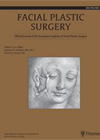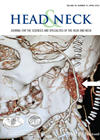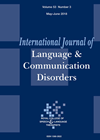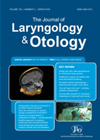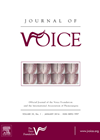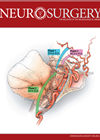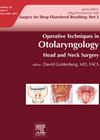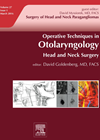
Journal Reviews archive for 2016
Classification and assessment of midfacial fractures; no more Le Fort facial fractures
There is some evidence that severe or complex midfacial or orbital fractures have declined over the last decade. Interestingly there is also evidence of an increase in road traffic accidents but a decrease in facial injuries. This is possibly attributed...
Best timing for post-treatment PET-CT scans in head and neck cancer
Unfortunately we know that the recurrence rate for head and neck cancer can be high, up to 30-50% in some series. These recurrences tend to occur within the first two years following treatment. Optimal surveillance strategies to detect recurrences early...
Literacy and communication skills of young offenders
This article elucidates the perceptions and experiences of young offenders about their own literacy and communication skills. Young offenders (YOs) are usually between the age of 14 and 16. It is estimated that more than 60% of these offenders have...
Impaired music perception in children with specific language impairment
This study compares musical skills of children with typical language development with those of children with specific language impairment. Both groups received a test consisting of a melody and a song identification along with a test battery to assess receptive...
Facial nerve grafting – what’s the wait?
An uninterrupted facial nerve after resection of cerebellopontine angle (CPA) tumour does not always translate into preserved facial animation. Fortunately there is a high probability spontaneous recovery may occur and hence patients are typically observed for 12 months postoperatively. However,...
Association between depression and survival in patients with head and neck cancer
Approximately 40% of patients develop major depressive disorder (MDD) during diagnosis and treatment for head and neck cancer (HNC). Depressive symptoms in these patients have a significant effect on their rehabilitation and survival. Given the small number of studies in...
Evidence based outcomes for canal wall up, canal wall down and subsequent canal wall reconstruction for primary cholesteatoma
There has been a long standing controversy over whether to treat primary cholesteatoma with open or closed technique. The general consensus is that limited disease can be treated with closed technique whereas the canal wall down approach helps reduce recidivism...
MRI evaluation to assess the role of frusemide in reducing endolymphatic hydrops
Endolymphatic hydrops is generally considered to be a marker in Ménière’s disease and frusemide is used with the purpose of reducing it and improving symptoms. With the use of MRI, the authors have used the phenomenon of non-enhancing endolymphatic structures...
In-office KTP laser excision of a vocal process granuloma
The KTP laser is increasingly being used in an outpatient setting – particularly in North America – to treat various laryngeal pathologies including papillomas, leukoplakia, dysplasia and vascular lesions. This article reports the use of the KTP laser in the...
Radiosurgery for large vestibular schwannomas
The authors conducted a retrospective study of patients with large Koos grade 4 vestibular schwannomas undergoing gamma knife radiosurgery. A total of 68 patients with tumour size greater than 4 cm3 with baseline serviceable 60% hearing who received 12 Gray...
Stimulation for a good night’s sleep
This article was an interesting read. It is an update from the authors’ original paper printed in the NEJM in 2014 regarding the results of an implantable pulse generator (IPG) for stimulating the hypoglossal nerve in response to respiration. This...
Imaging and embolisation of paragangliomas
Paragangliomas are rare tumours within the head and neck and any article which succinctly jogs the memory with respect to their existence and subsequent accurate diagnosis is welcome. This article concisely explains the imaging techniques used to diagnose these tumours...

